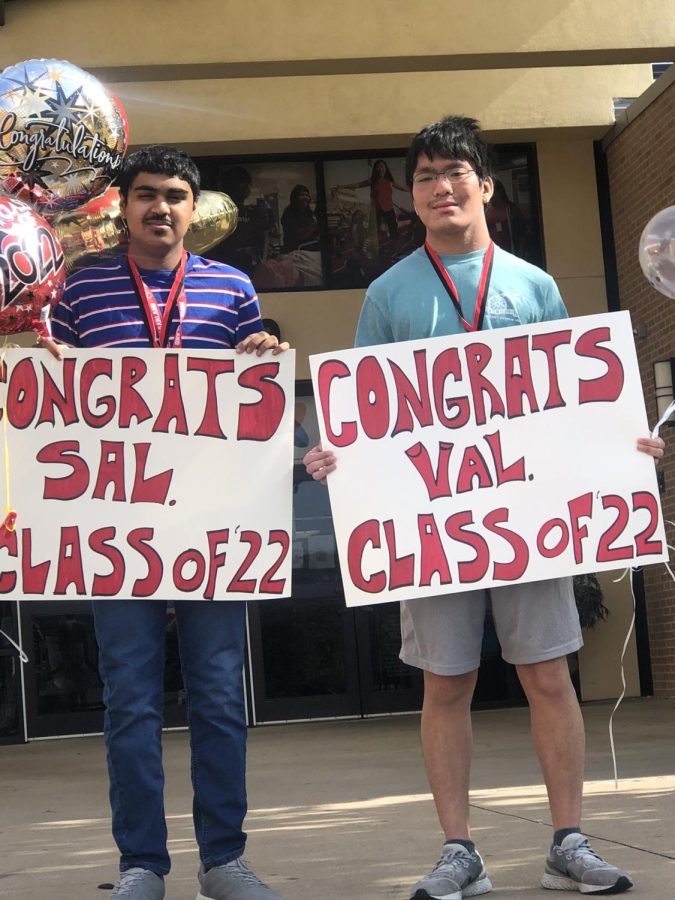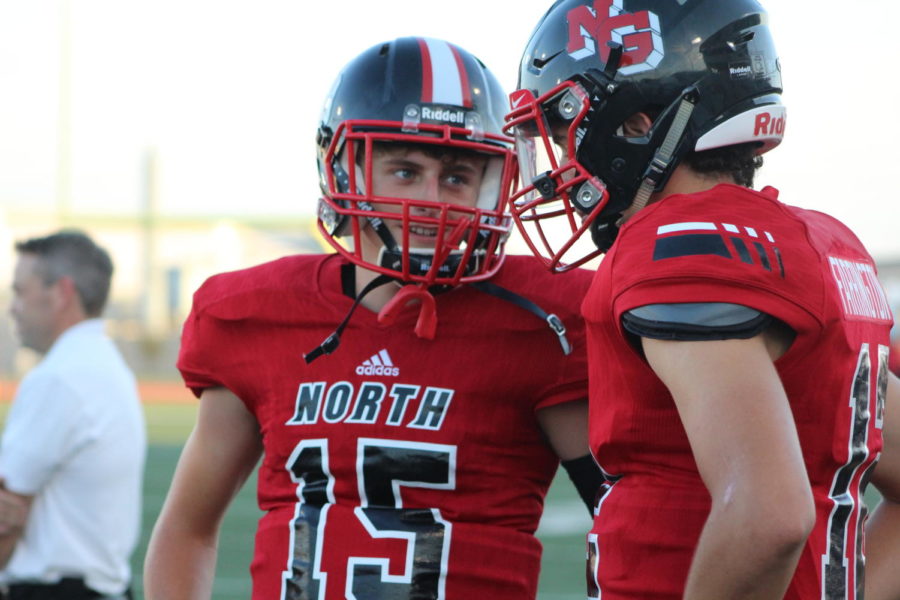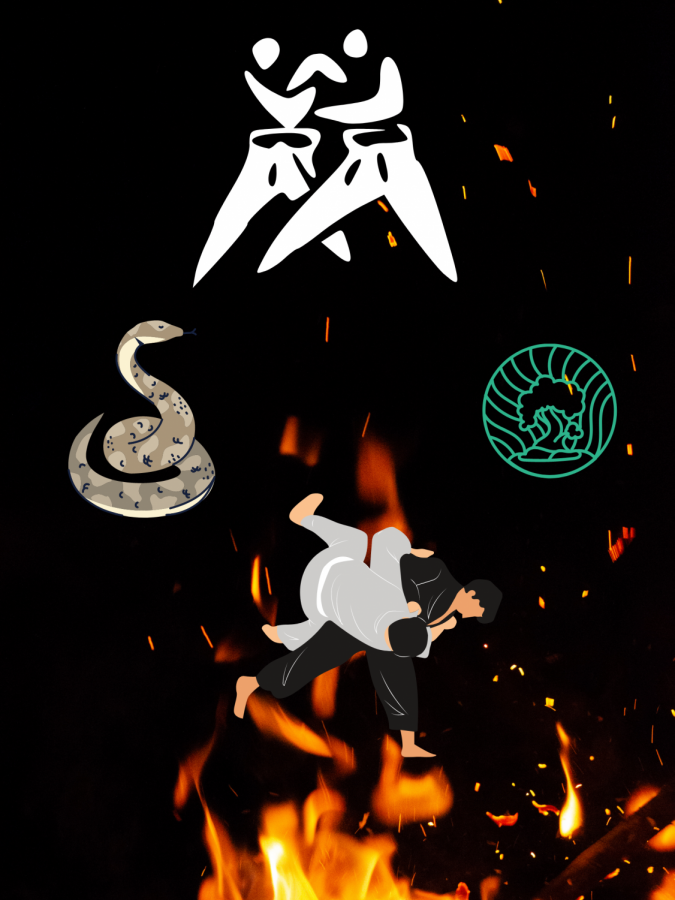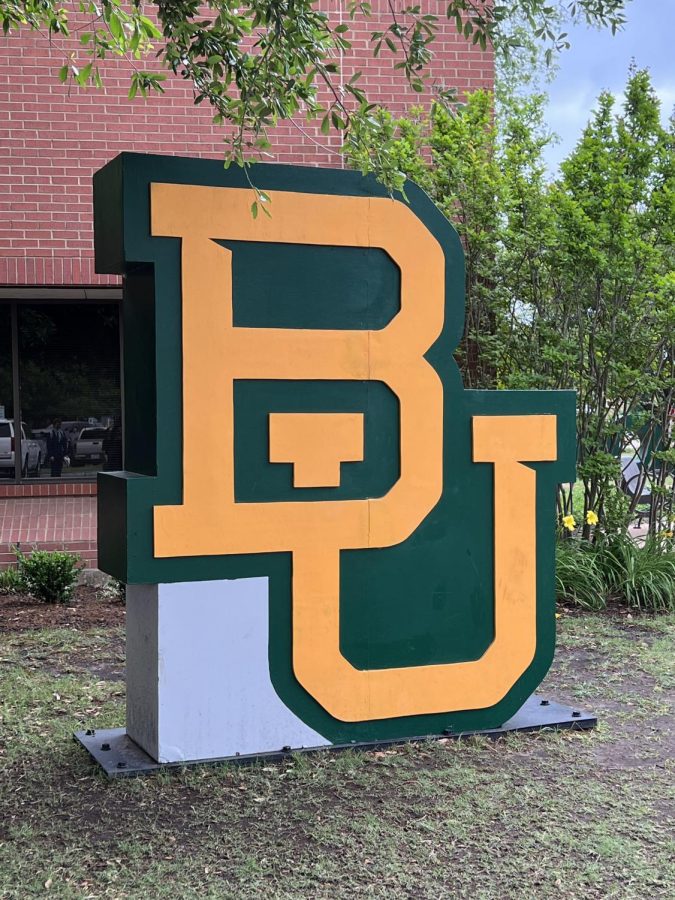In the wake of the tragedy that occurred in Newtown, Conn., where a gunman took his mother’s life before arriving at Sandy Hook Elementary School and shot 26 students before shooting himself on December 14, many discussions have surfaced regarding gun control. Even though Principal Dan Cummings has not heard anything about a GISD policy for teachers and administrators to carry handguns on campus, ensuring students’ safety continues to be his top priority.
“Any time people are hurt, it bothers me just like I think it bothers anyone,” Cummings said. “But this one hit close to home for me, maybe more so than other tragedies. I think people saw the actual age of those kids walking out of the building on the news. I think people were like, ‘Oh my gosh, they are just babies.’”
From staying informed about past school shootings, Cummings has concluded that one of the big deterrents of all shooters is that there is never an instance when they are going to be confronted, so they carry on with their plans. However, employing a Student Resources Officer (SRO) at school provides safety measures for students.
“I feel pretty good about North, because we have an armed officer who’s going to do some confronting,” Cummings said. “And we have a great SRO. I want you all to be safe, well, at least, that’s the common breath.”
Cummings is looking forward to having all students together under one roof next school year after the portables are destructed.
“It’s going to be even better next year without the portables when we’re all in house,” Cummings said. “Where everything’s happening here, where the doors will be locked. And that’s the way it is right now. The only time that they’re opened is during the passing periods, and we don’t unlock them. That’s just from people coming and going. The only point of entrance for visitors is right here at the front.”
Even though the entryways are locked after the first bell rings to begin first period and remain so for the rest of the day, senior Jazmine Jones says she opens doors for students when she sees them outside because if she were in their position, she would like others to let her inside the school as well.
“I feel like we so openly open doors to strangers because our range of students look like they can be anywhere between 12 to 20s,” Jones said. “We just open the door assuming it’s a student because students open the door for other students, and if they had a backpack, they could have a gun, and next thing you know, we’re all being shot.”
Also, Jones believes the principals focus way too much on dress code rather than students’ safety. Concerns of dress code that seem excessive to her include dress length for dances, piercings on guys and hair color on girls. Instead, Jones thinks a school-wide requirement of identification should be mandated. In the event that somebody breaks into the school, Jones believes it is a good idea for students to show proof that they belong here.
“I really don’t see a difference because there are other schools that are safer than ours who have boys with full-grown beards,” Jones said. “If our principal’s out there looking for dress code, they’re not going to notice the fact that that might be an adult who’s following dress code but doesn’t go to this school, because we don’t have IDs or anything that we have to carry around us.”
Although SRO T.J. Bomkamp does not favor the idea of teachers carrying concealed weapons, he does not oppose it either. His main concerns are how the decision will be made of which staff member will carry the handgun and how teachers will have time to go through the tedious training, not to mention the liability issues that will come with such policy. He reflects upon the gun training necessary for him to become a police officer, which include introduction to the weapon, how to clean, maintain, hold, and breathe while using it.
“I mean some teachers aren’t going to want them, some teachers just shouldn’t have them, and some teachers with military background [are] probably the ones you’d look at that aren’t scared of the weapons,” Bomkamp said. “But then it’s just all the training that [they] would have to go into. Teachers are busy enough and now they’re going to have to go through weapons training. How do they carry it? Do they carry it visible [or] do they carry it not visible? Is it on the person? Is it in a safe? What if the kid finds out that the teacher has a gun? Can that teacher now be overpowered and their gun be taken?”
Because Bomkamp has been a police officer for 21 years, he has experiences of taking his gun out during car chases and on foot chases, though he has never shot a human being. He considers himself able to handle stressful situations but is unsure that teachers or administrators will be able to.
“To shoot accurately, there are certain things with your body, with your breathing, with your stance that help you shoot better,” Bomkamp said. “[There may be] a group of kids, and you have to place a shot without hitting innocent people.”
Junior Leelina Dagim, on the other hand, believes that dedicated teachers will provide safety to students by going through some type of evaluation and training to keep a concealed weapon in their classrooms. She assumes that many students are against the idea that teachers should carry weapons, because they think teachers would not have to learn how to use it but rather have the gun just in case.
“The right way is to have them trained,” Dagim said. “We have one SRO in the school. He has a gun. No one complains about that, because he’s been through training. He’s been evaluated. He’s done everything. So people feel safe to know that he will not go insane and shoot people at school. If teachers went through the same thing, shouldn’t people feel safer about it?”
By watching the news, Bomkamp was recently informed that GISD is considering employing two SROs at each high school and two SROs in each middle school with 1,000 students or more.
“I think it’s very important [to make sure students feel safe],” Bomkamp said. “We are trusted with other adults’ kids. I think it’s important for myself as a police officer, for the administration here, for teachers here and the staff here to use that trust wisely and to protect the children to the best of our abilities. Part of safety isn’t the administration, the teachers, and myself, it’s the student body as well. [They] need to take that into consideration. They can report things that don’t look right. That may turn out to be nothing or that might turn out to be something. It just needs to be done so we are able to do our job.”























